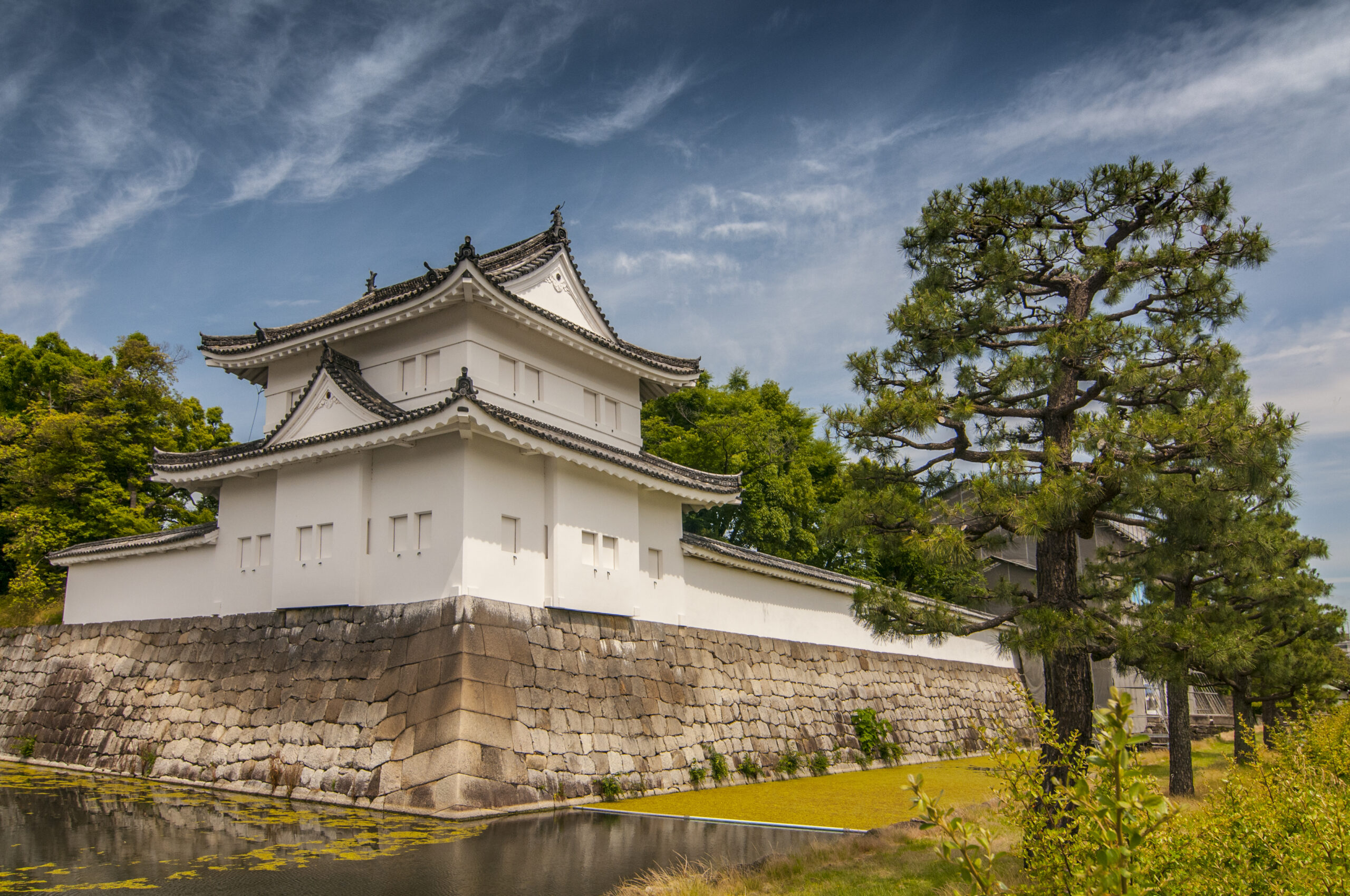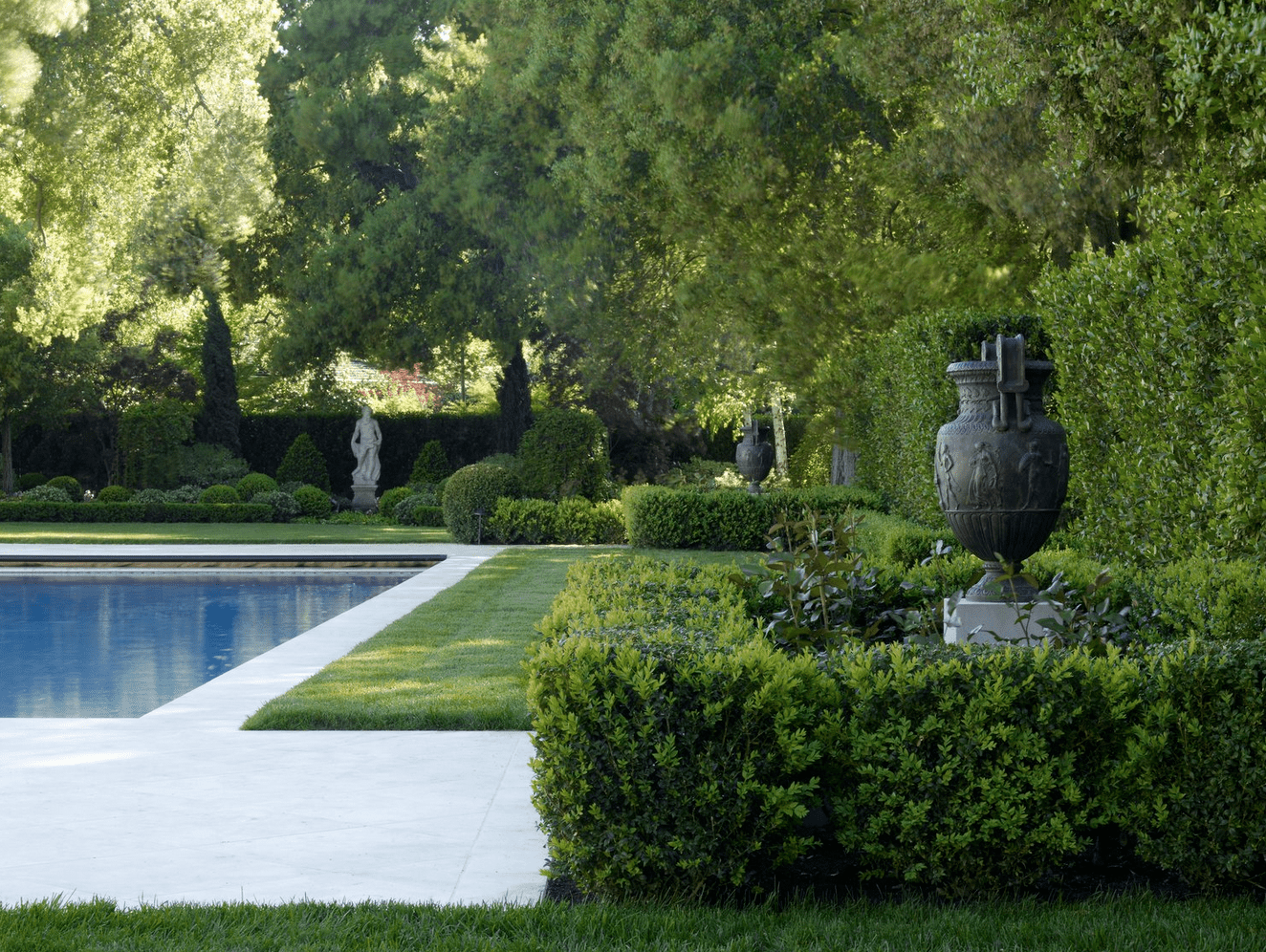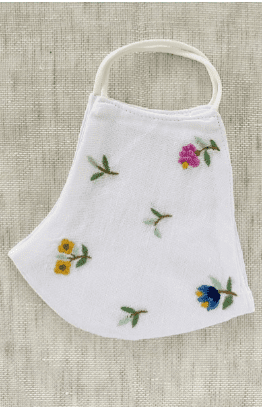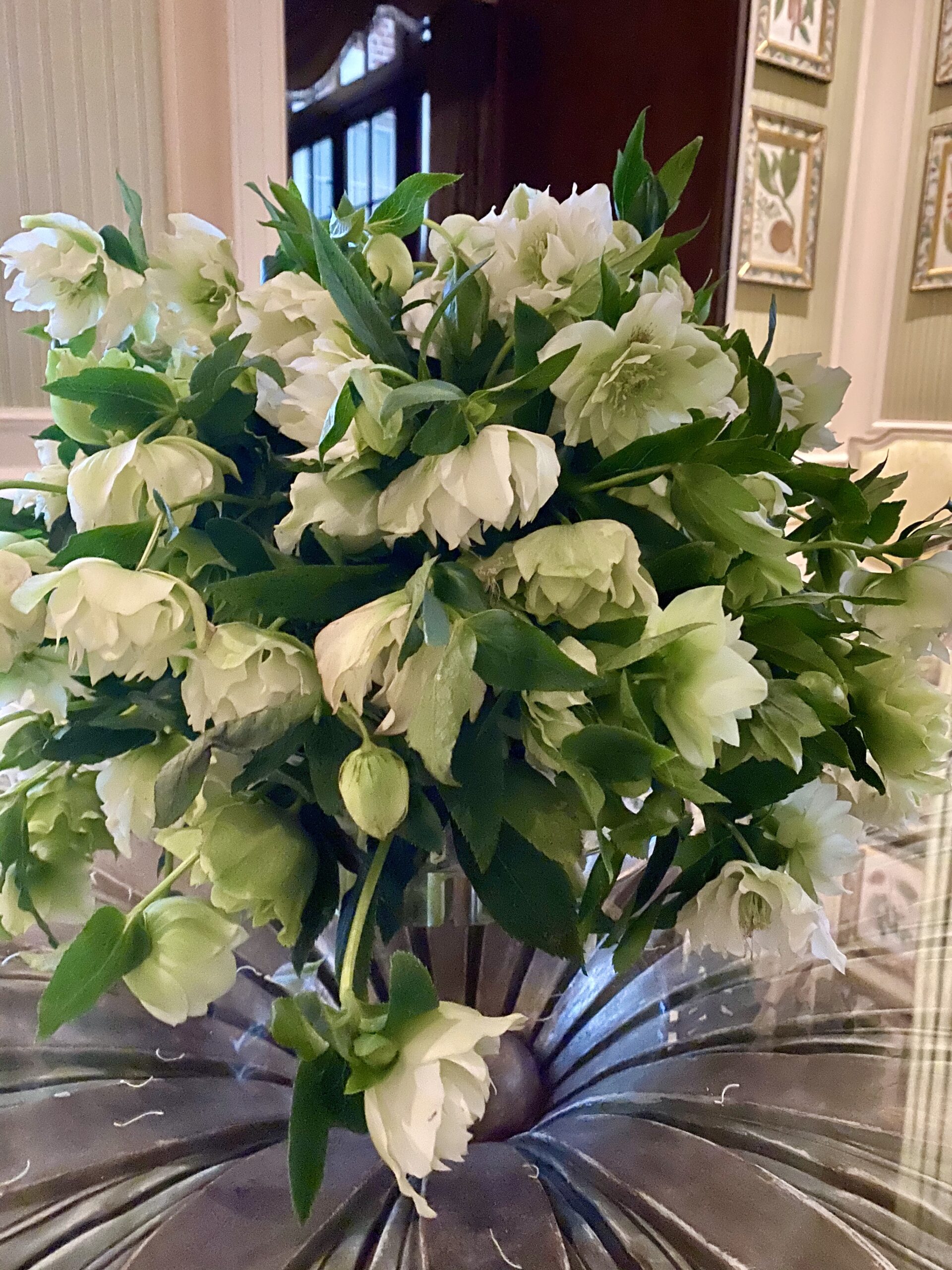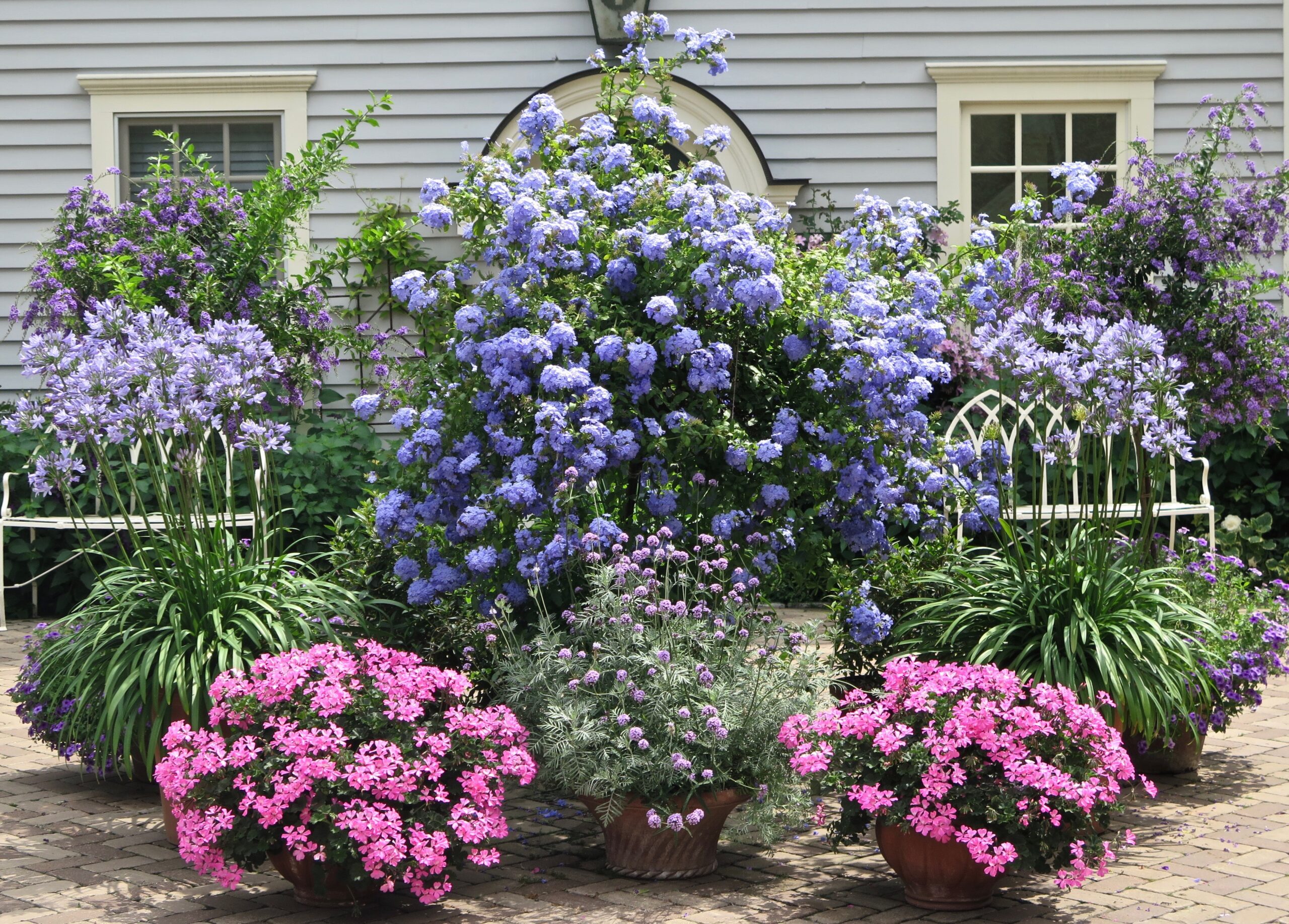I’m sure you’ve been reading about our declining bee population and have been as worried about our bees as I have been. Our honey bees, which pollinate nearly 95 kinds of fruits and nuts in the US, are declining at an alarming rate. One of the main reasons this is happening is pesticide exposure. The EPA allows neonicotinoids (“neonics” for short) to be sprayed on our fruit and nut trees, which is highly toxic for pollinators such as bees. Unfortunately, regulators are moving too slowly to implement pollinator protective policies, so our bees need meaningful action — and they need it now. You and I can help make a difference.
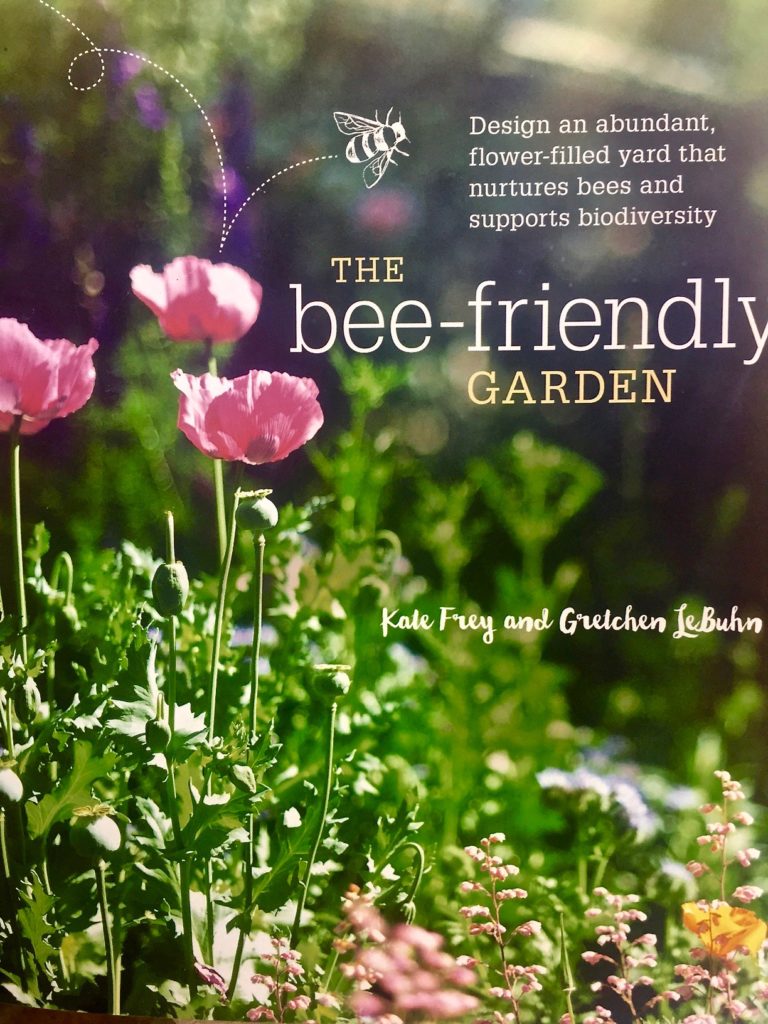

When I was in Sea Island, Georgia last month, I found this fabulous book by authors Kate Frey and Gretchen LeBuhn. I quickly poured through it and discovered that there are many small things I can do for my bees and I’m now in the process of implementing those throughout my garden. And I’m seeing some great early bee action!
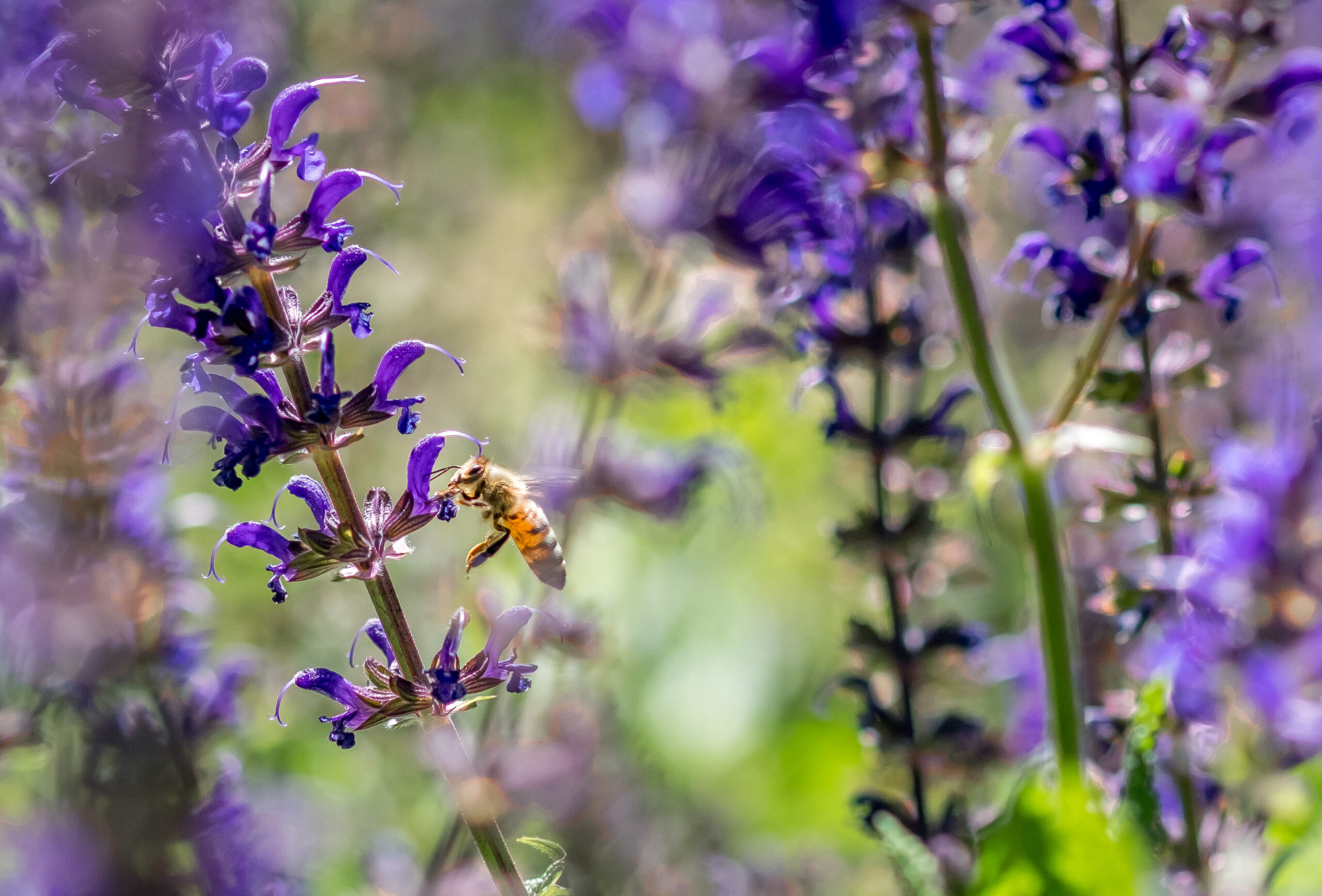

Here are the actions I’m taking:
Planting bee-friendly flowers. The Bee-Friendly Garden is loaded with hundreds of flowers that bees love (way too numerous to mention here), including several that work well in my garden: foxglove, salvia, cosmos, coneflowers, poppies and the flowers of many of my herbs such as rosemary. So, I added some of these bee-friendly flowers to my border and created a vegetable bed full of herbs, which are attracting bees. In addition, I added a bed full of bee-friendly flower seeds that I found at the local nursery. They are just now coming in. So, my vegetable garden will be a great destination for my bees this year.


Installing a bee home. It turns out that solitary bees, such as Red Mason and Leafcutters need homes for laying their larvae. If you’re like me and have mulched your garden, you’ve taken away one location for laying larvae – the soil. So I went with the Royal Horticultural Society’s recommended house, available through Hammacher Schlemmer for $39.95, and have placed it in my garden. The great thing about this particular bee house is that you can remove the wing nuts on the bottom and disassemble the house for easy cleaning each year. I’m not sure how many I need on seven acres, but I’ve started with this one.


Giving my bees some water. Bees need water, and you have to create a special and reliable source of water for them. This book recommends a shallow container, with rocks in the container, so the bees have a safe place to land and perch while drinking water. I’m currently searching for a good looking one at one of my local nurseries. They’re actually hard to find – if you’re looking for something practical and attractive.
Check out this book or some online resources to see what you can be doing in your own garden to help our bee population. It’s much easier than you think.



